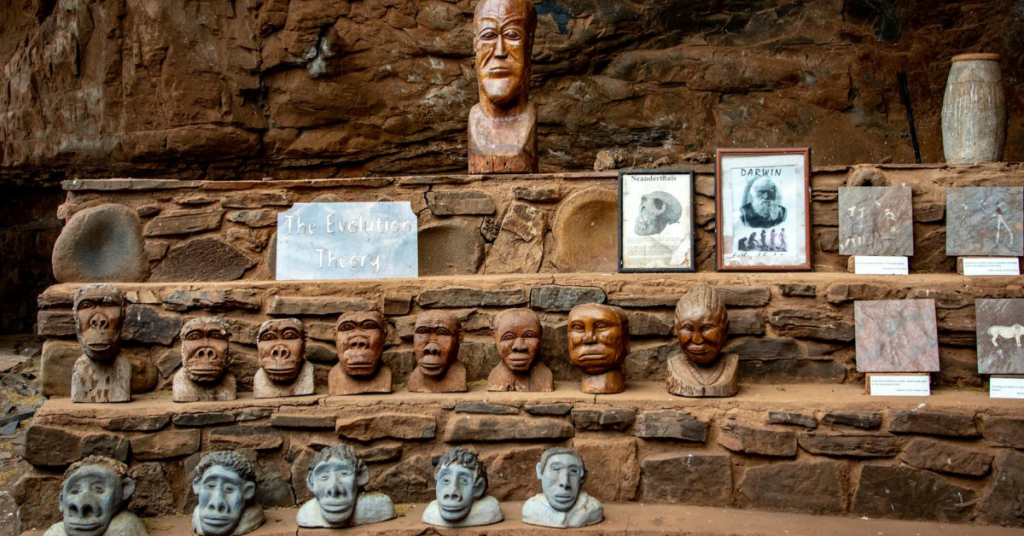Put a man in a steel cage, douse him with petrol, strike a match…and film him burning alive. Or, drive a sharp thumbscrew through a woman’s body to force her to confess, then tie her to a stake, cover with firewood and set the combustible heap alight. The first happened in the 21st Century in the Levant – courtesy of the Islamic State of Iraq and Syria (ISIS), and the victim was a Jordanian fighter pilot. The second took place in 16th Century Mediaeval Europe, courtesy of the Great Witch Craze involving mass murder of witches, mostly women.
Six centuries apart – one happened during an age when many thought religion was being challenged by science; another during an era – the digital age – when some feel religion is in retreat against the onslaught of science. And yet the difference is the same: extreme cruelty and violence inflicted by man against fellow man – often in the name of religion. The recent public beheading of innocent Egyptian Coptic Christians by ISIS in Libya is yet another example of violence inspired by religion.
This raises a whole range of troubling but, frankly, fascinating questions: given that historical – including archaeological– evidence suggests that human-on-human violence has deep evolutionary roots, what value does it serve in our survival as a species? To what extent does it shape the evolution of the species? Has natural selection favoured a violent gene? And, finally, is the outlook bleak, as the violent gene persists through generations of human beings with the tools of mass violence becoming easily accessible – courtesy of the relentless and lock-step match of science and religious fundamentalism?
To put these questions in even deeper perspective, it is useful to begin with Charles Darwin’s Theory of Evolution, one of the most elegant in the whole of science – in my view. In simple terms, the theory says those of us with the most beneficial traits in a resource-scarce, competitive environment are likely to survive and reproduce. The traits are beneficial because they confer advantage, however slight, and ensure that through heredity, they are passed on and become dominant in successive generations. This is the basis of the origin of species by means of natural selection. Of course post-Darwinian scholarship has identified other supplementary mechanisms of evolution, besides natural selection.
If we look at violence through the evolutionary prism, we may ask: is human-on-human violence and aggression a useful trait? On the face of it, an evolutionary process that favours aggression and violence ought to result in a population where these traits not only predominate but get sharper over time. As we witness spiralling violence around the globe – from Ukraine to Libya, Syria and Iraq, Yemen and Somalia – not to mention the mayhem wrought by Boko Haram, or routine violence in “peaceful nations”, it is tempting to blame it all on evolution. Scientists have long speculated about the presence of a gene or genes predisposing us to violence – the so-called warrior genes. If true, could it be that these genes helped us survive in a dangerous environment – “red in tooth and claw” – during our evolutionary past, yet now continue to persist in an age of less visible danger? Instead of killing wild predators we are left killing ourselves!
Though fascinating, this narrative ignores an obvious corollary: in order to successful kill predators or enemies, you need to cooperate with others. This has led to another scientific speculation about a cooperative gene. The cooperative gene is an enabler of the warrior gene. The survival of the most malevolent seems to depend on the survival of the most cooperative. Quite interesting. At this point, it is easy to see why there must be a mercy gene to act as a counterweight to the violent gene.
In the evolutionary long distance race, it is interesting to speculate which genes will triumph: will it be the violent gene, or the mercy and cooperative genes? Or will they co-exist in a state of dynamic equilibrium? There are those who look at the natural world around them, including what is known about the universe, and see violence and peace in uneasy co-existence: from the cells within your body to the stars in the galaxies, death and birth continually take turns in an endless tango. Seen this way, violence can be said to serve a larger purpose –perhaps purifying the gene pool in as far as human beings are concerned!
If this is true, those of us on earth who hope that the mercy and cooperative genes will gradually supplant the violence and aggression genes; think again: the end of violence could very well be the end of our evolution as a species.
But where is religious extremism in all these? That is a topic for another day.


